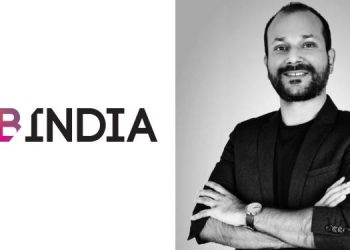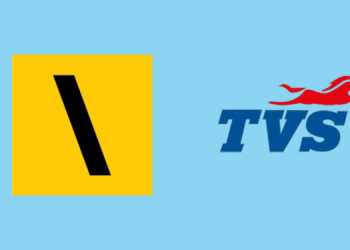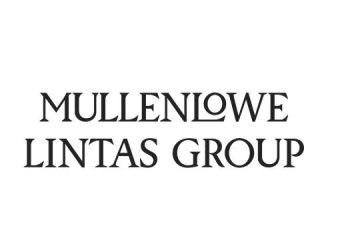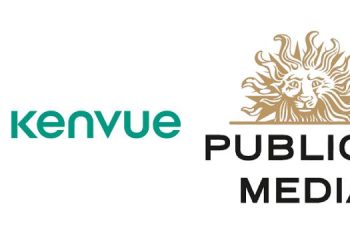Mumbai: The recent approval of the Reliance-Disney merger by the Competition Commission of India (CCI) marks a transformative moment for India’s media landscape, according to Harsha Razdan, CEO of South Asia at dentsu. The merger is set to create the largest media conglomerate in the country, with a staggering valuation of $8.5 billion, fundamentally reshaping the industry’s dynamics.
Unprecedented Market Dominance:
The merger combines Reliance’s formidable distribution network with Disney’s expansive content library, positioning the new entity to dominate both the TV and digital markets. With anticipated control over 40-45% of the TV market and 30-35% of the digital space, the scale of this consolidation is unparalleled. This merger is not just about size; it represents a strategic realignment that could redefine how media content is delivered and consumed in India.
Implications for Advertisers:
From an advertising perspective, this merger introduces both opportunities and challenges. Razdan emphasizes that while the consolidation offers a streamlined approach for advertisers, it also brings significant market power that could influence pricing and market dynamics. “Advertisers now have access to a one-stop shop for a wide range of content, including Hindi and regional entertainment, sports, music, and international media,” he notes. This consolidation promises improved efficiencies and potentially reduced subscription costs for consumers.
However, Razdan also points out the potential concerns associated with such extensive market control. “The new entity’s control over 80% of India’s cricket broadcasting rights alone is substantial,” he says. This level of dominance could lead to higher advertising rates, a scenario that advertisers must prepare for by adopting more targeted and strategic ad spends.
Opportunities for Innovation:
Despite these challenges, Razdan sees this merger as an opportunity for innovation in advertising strategies. The sheer reach and diversity of the merged conglomerate present an unparalleled platform for advertisers to connect with a broader audience across multiple channels. “This merger allows for a unique integration of marketing plans across TV and digital platforms, enhancing impact and efficiency,” Razdan explains.
To navigate these changes effectively, Razdan urges the industry to focus on creativity and consumer-centric approaches. “The key to thriving in this new landscape is to leverage the strengths of this merger to deliver value-driven, impactful solutions,” he advises. In the rapidly evolving world of advertising, adaptability and innovation will be crucial in capitalizing on the opportunities presented by this industry shake-up.
As Reliance and Disney embark on this historic merger, the media and advertising sectors stand on the brink of significant transformation. The challenge will be to harness this change to drive creativity and efficiency, ensuring that the benefits of this unprecedented consolidation extend beyond mere market dominance to enhance the overall media experience for consumers and advertisers alike.

















